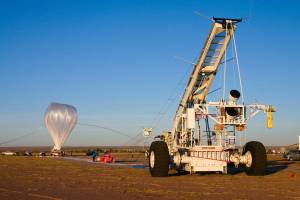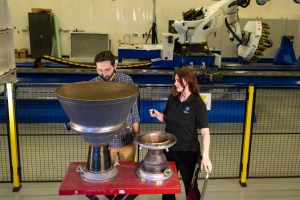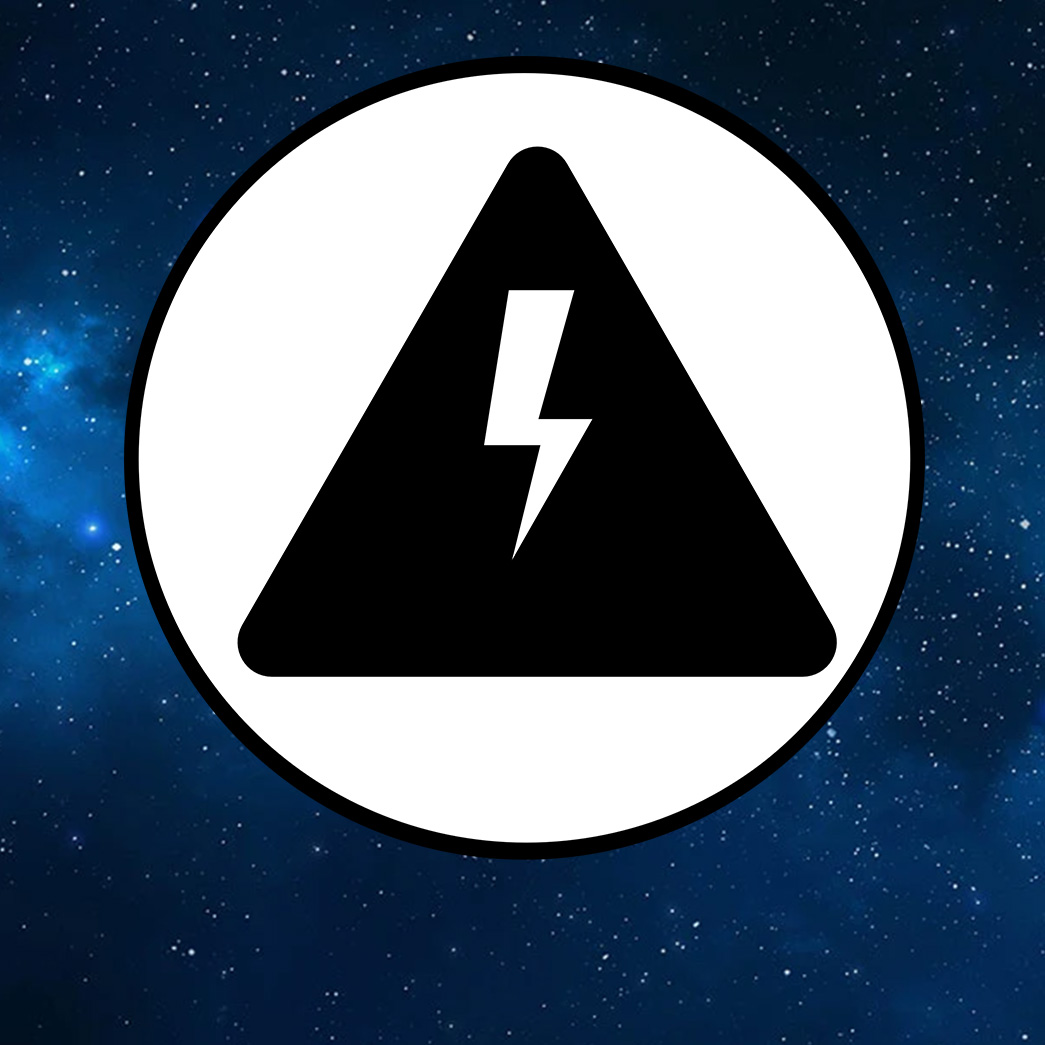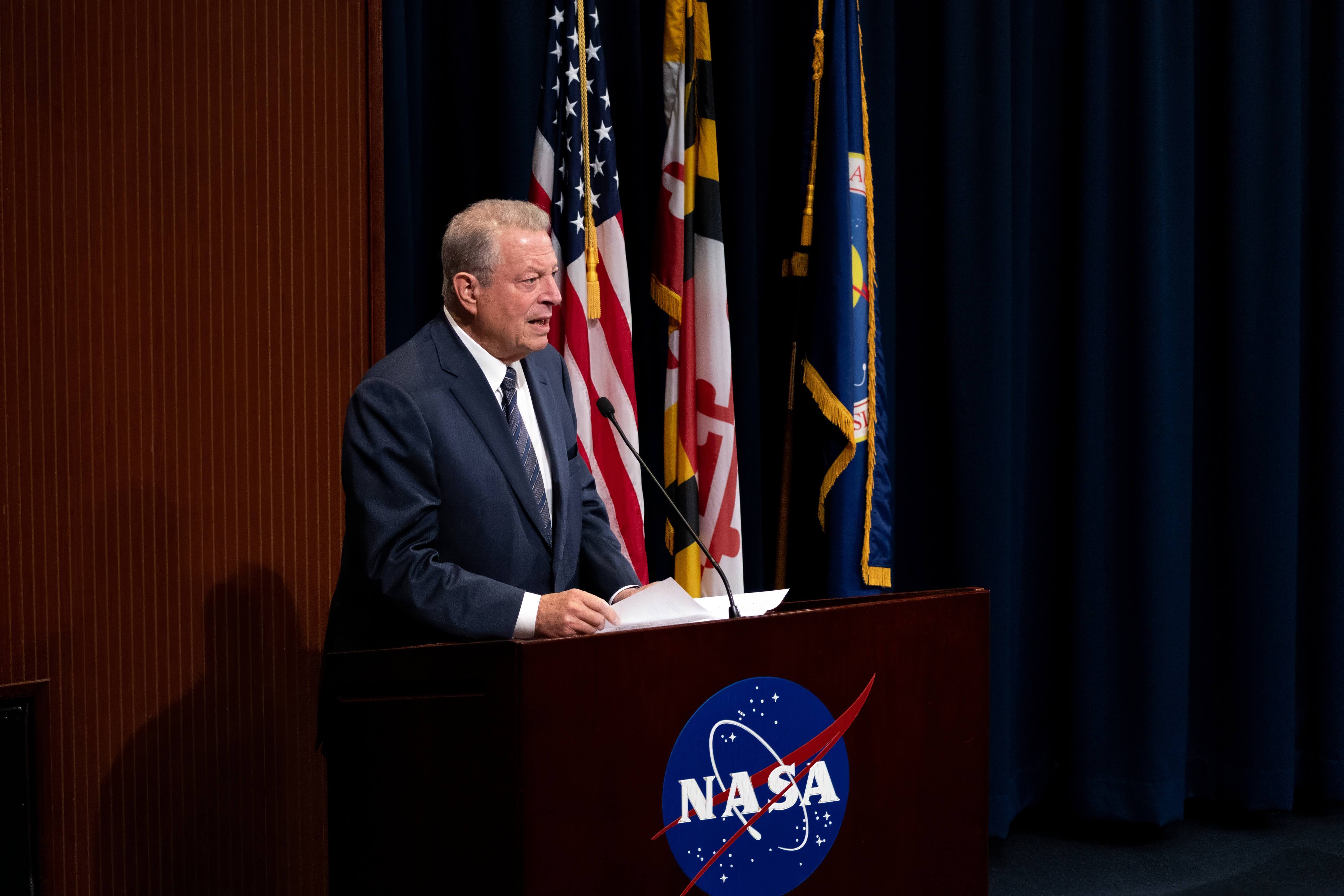A ‘FURST’ of its Kind: Sounding Rocket Mission to Study Sun as a Star
By Jessica Barnett From Earth, one might be tempted to view the Sun as a unique celestial object like no other, as it’s the star our home planet orbits and the one our planet relies on most for heat and light. But if you took a step back and compared the Sun to the other […]

4 min read
Preparations for Next Moonwalk Simulations Underway (and Underwater)
By Jessica Barnett
From Earth, one might be tempted to view the Sun as a unique celestial object like no other, as it’s the star our home planet orbits and the one our planet relies on most for heat and light. But if you took a step back and compared the Sun to the other stars NASA has studied over the years, how would it compare? Would it still be so unique?
The Full-sun Ultraviolet Rocket SpecTrograph (FURST) aims to answer those questions when it launches aboard a Black Brant IX sounding rocket Aug. 11 at White Sands Missile Range in New Mexico.
“When we talk about ‘Sun as a star’, we’re treating it like any other star in the night sky as opposed to the unique object we rely on for human life. It’s so exciting to study the Sun from that vantage point,” said Adam Kobelski, institutional principal investigator for FURST and a research astrophysicist at NASA’s Marshall Space Flight Center in Huntsville, Alabama.
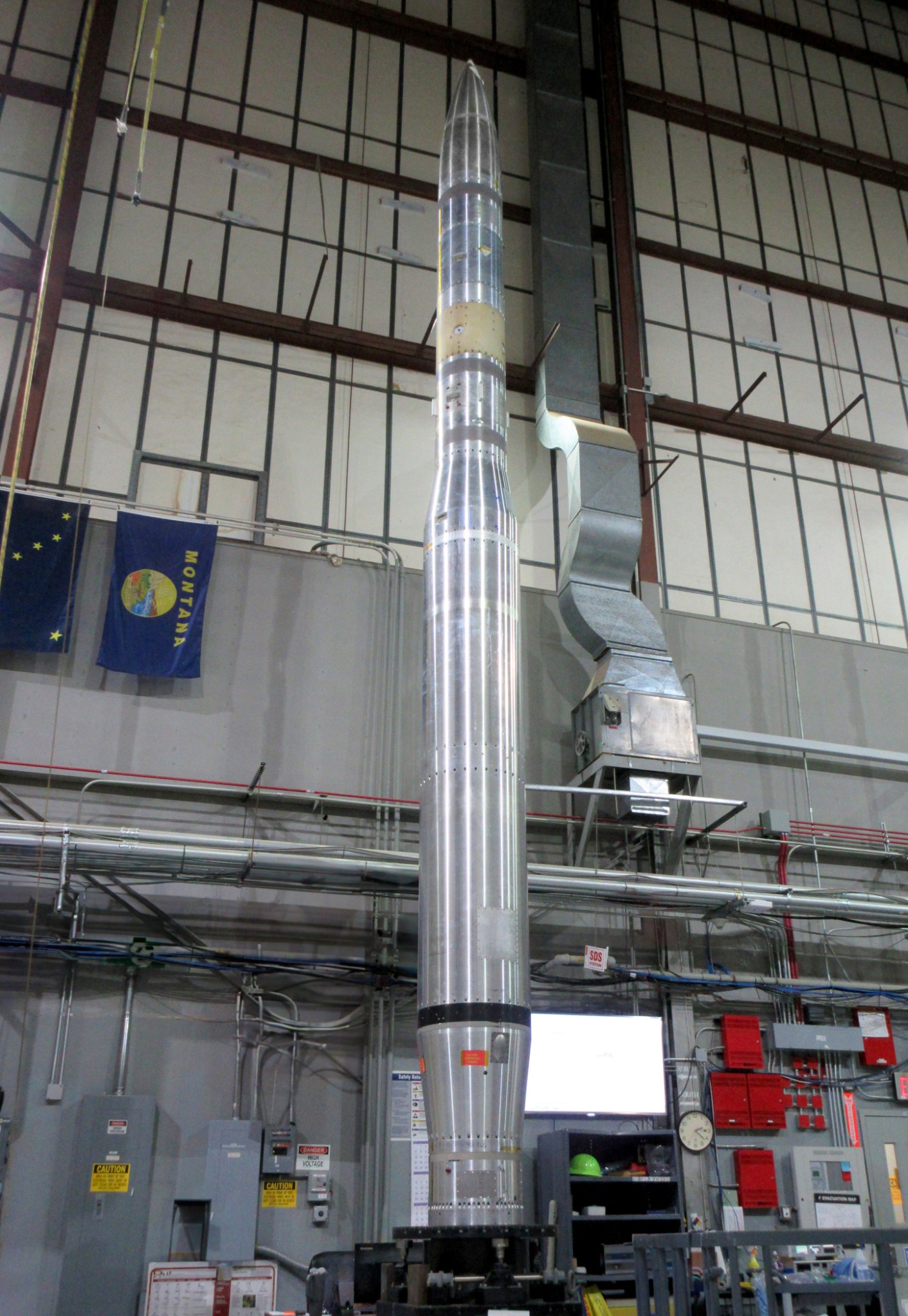
FURST will obtain the first high-resolution spectra of the “Sun as a star” in vacuum ultraviolet (VUV), a light wavelength that is absorbed in Earth’s atmosphere meaning it can only be observed from space. Astronomers have studied other stars in the vacuum ultraviolet with orbiting telescopes, however these instruments are too sensitive to be pointed to the Sun. The recent advancements in high-resolution VUV spectroscopy now allow for the same observations of our own star, the Sun.
“These are wavelengths that Hubble Space Telescope is really great at observing, so there is a decent amount of Hubble observations of stars in ultraviolet wavelengths, but we don’t have comparable observations of our star in this wavelength range,” said Kobelski. Marshall was the lead field center for the design, development, and construction of the Hubble Space Telescope.
Because Hubble is too sensitive to point at Earth’s Sun, new instruments were needed to get a spectrum of the entire Sun that is of a similar quality to Hubble’s observations of other stars. Marshall built the camera, supplied avionics, and designed and built a new calibration system for the FURST mission. Montana State University (MSU), which leads the FURST mission in partnership with Marshall, built the optical system, which includes seven optics that will feed into the camera that will essentially create seven exposures, covering the entire ultraviolet wavelength range.
Charles Kankelborg, a heliophysics professor at MSU and principal investigator for FURST, described the mission as a very close collaboration with wide-ranging implications.
“Our mission will obtain the first far ultraviolent spectrum of the Sun as a star,” Kankelborg said. “This is a key piece of information that has been missing for decades. With it, we will place the Sun in context with other stars.”
Kobelski echoed the sentiment.
“How well do the observations and what we know about our Sun compare to our observations or what we know of other stars?” Kobelski said. “You’d expect that we know all this information about the Sun – it’s right there – but it turns out, we actually don’t. If we can get these same observations or same wavelengths as we’ve observed from these other sources, we can start to connect the dots and connect our Sun to other stars.”
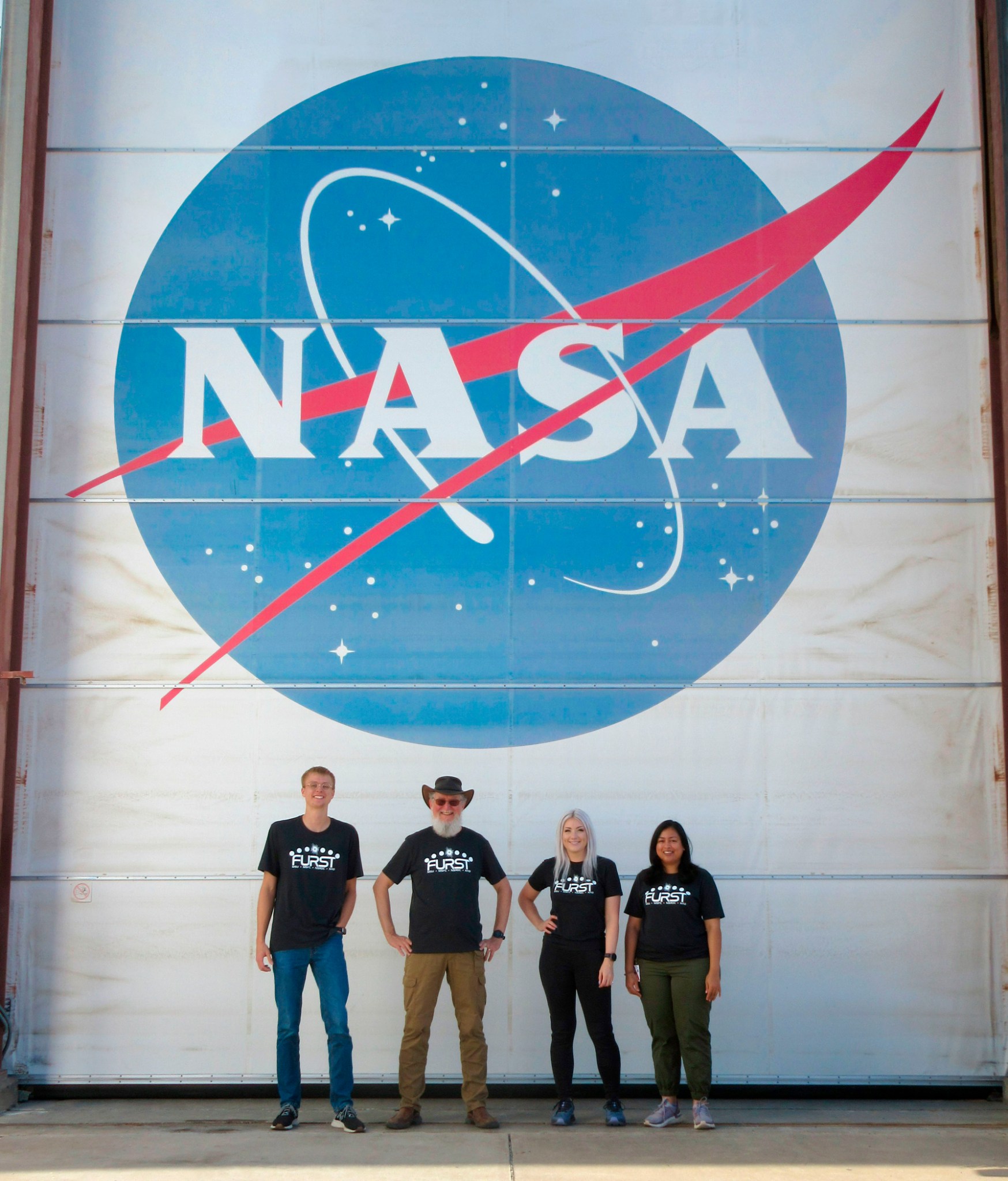
FURST will be the third launch led by Marshall for NASA’s Sounding Rocket Program within five months, making 2024 an active year for the program. Like the Hi-C Flare mission that launched in April, the sounding rocket will launch and open during flight to allow FURST to observe the Sun for approximately five minutes before closing and falling back to Earth’s surface. Marshall team members will be able to calibrate the instruments during launch and flight, as well as retrieve data during flight and soon after landing.
Kobelski and Kankelborg each said they’re grateful for the opportunity to fill the gaps in our knowledge of Earth’s Sun.
The launch will be livestreamed on Sunday, Aug. 11, with a launch window of 11:40 a.m.– 12:40 p.m. CDT. Tune in on NASA’s White Sands Test Facility Launch Channel.
The FURST mission is led by Marshall in partnership with Montana State University in Bozeman, Montana, with additional support from the NASA’s Sounding Rockets Office and the U.S. National Center for Atmospheric Research’s High Altitude Observatory. Launch support is provided at White Sands Missile Range in New Mexico by NASA’s Johnson Space Center. NASA’s Sounding Rocket Program is managed by the agency’s Heliophysics Division.
Lane Figueroa
Marshall Space Flight Center, Huntsville, Ala.
256.544.0034
lane.e.figueroa@nasa.gov
What's Your Reaction?



















.jpg?#)























